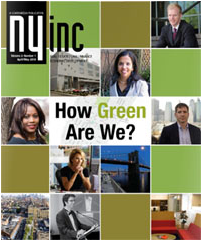Several local and national efforts are underway to collect pre- and post-performance data on energy efficiency retrofits, some focused on multifamily buildings, others on commercial, others encompassing multiple property types.
The best of these projects are targeted at creating a dataset that can ultimately be used to backstop underwriting.
It would be ideal if data collected across these various projects could be combined – many of the organizations involved have commitments to transparency and data sharing. Combining the data raises the question of compatibility, however. Indeed, one wonders whether the data in any one of these efforts is internally consistent. The process brings light on questions like:
- Was the pre- and post-usage data complete?
- Does the dataset include actual installation costs by measure?
- Does the post-usage data account for changes in weather and occupancy? If so, how?
To be of any use at all in underwriting, it is imperative that the methodologies applied to one project in a dataset apply to the others as well – that the “fields” in the data set and the method for generating the data in that field is the same for each building. If that were true not only within each data-gathering project but across each of them, the contribution to underwriting energy efficiency could be significant.






